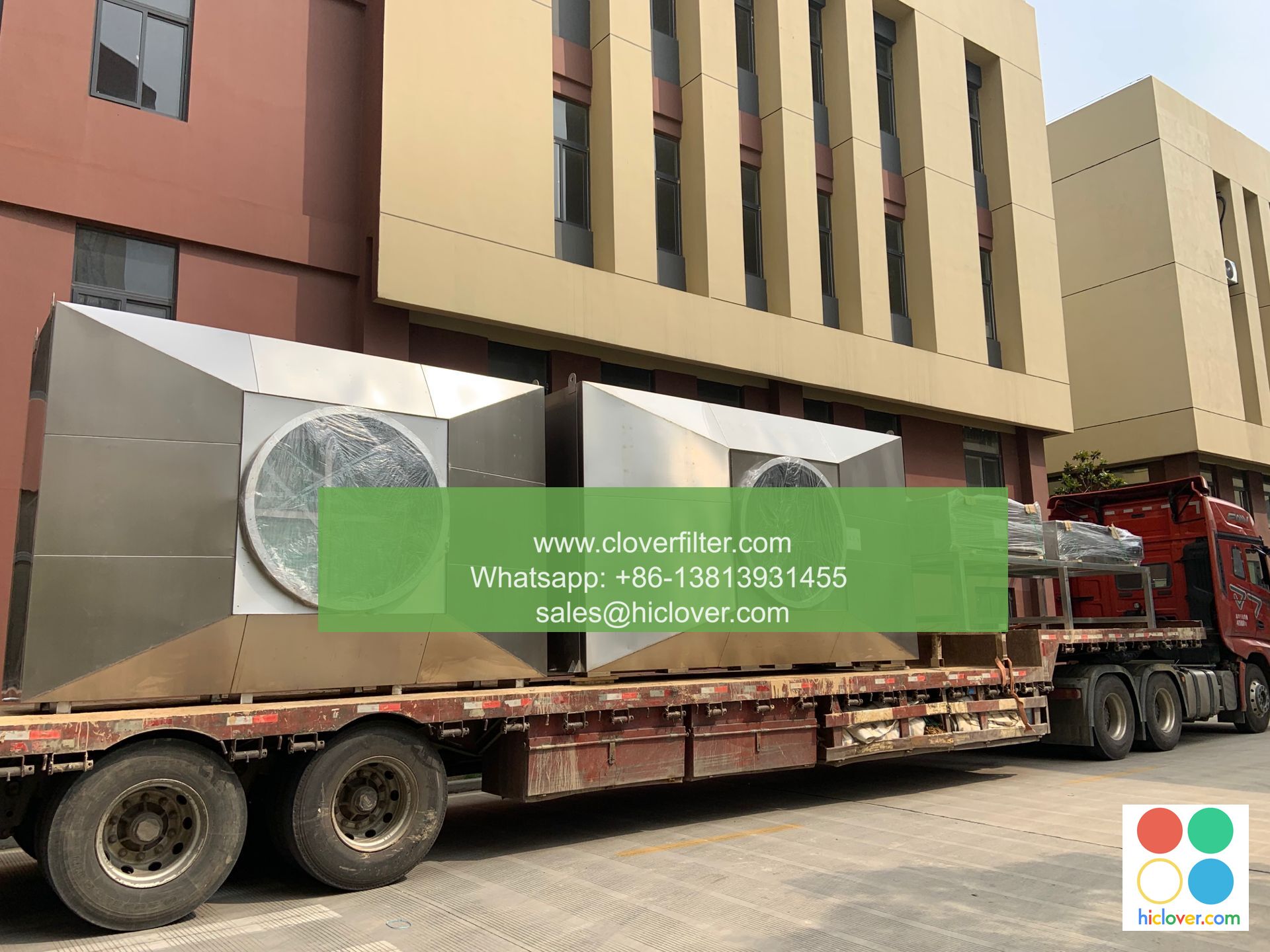Designing the Perfect Air Filter: A Systems Approach

Designing the Perfect Air Filter: A Systems Approach
Introduction
Air filters are an essential component of various systems, including heating, ventilation, and air conditioning (HVAC) systems, industrial processes, and respiratory care devices. The perfect air filter is one that effectively eliminates contaminants, allergens, and pollutants while maintaining optimal airflow and system performance. In this article, we will explore the key elements of designing the perfect air filter using a systems approach.
Understanding the Concept of a Perfect Air Filter
A perfect air filter is one that balances the following key factors:
- Efficiency: The ability of the filter to capture contaminants and pollutants.
- Flow rate: The rate at which air passes through the filter.
- Resistance: The opposition to airflow imposed by the filter.
- Life expectancy: The length of time the filter can operate before maintenance or replacement is required.
- Media: The physical structure of the filter, often made of fibers, membranes, or synthetic materials.
- Porosity: The size and distribution of pores on the filter’s surface, which affect efficiency and flow rate.
- Adhesion: The ability of the filter to stick to contaminants, ensuring their removal from the air stream.
- Understanding the application: The specific needs and requirements of the system, including the type and quantity of contaminants to be removed.
- Defining performance specifications: Setting clear targets for efficiency, flow rate, and resistance based on system requirements.
- Selecting the right media: Choosing the most effective media for the specific application, taking into account porosity, adhesion, and durability.
- Optimizing filter design: Adjusting the filter’s design to balance efficiency, flow rate, and resistance, while minimizing energy consumption and maintenance requirements.
- HVAC Systems: Residential, commercial, and industrial air conditioning and heating systems.
- Industrial Processes: Manufacturing, power generation, and processing industries require high-efficiency filters to maintain equipment performance and product quality.
- Respiratory Care: Medical applications, such as ventilators and respirators, require precise control over airflow and contaminant removal for patient safety.
- Air Filter Design
- Systems Approach
- Efficiency
- Flow Rate
- Resistance
- Life Expectancy
- Media
- Porosity
- Adhesion
- HVAC Systems
- Industrial Processes
- Respiratory Care
- Air Quality Control
- Contaminant Removal
- Air Purification
- Air Filtration
- Ventilation Systems
Key Components of a Perfect Air Filter
The design of a perfect air filter requires careful consideration of the following components:
Systems Approach to Designing the Perfect Air Filter
A systems approach to designing the perfect air filter involves considering the interactions between these key components and the system in which the filter operates. This involves:
Applications of Perfect Air Filters
Perfect air filters have a wide range of applications, including:
Conclusion
Designing the perfect air filter requires a systems approach, balancing multiple factors to create an effective and efficient filter. By understanding the application, defining performance specifications, selecting the right media, and optimizing filter design, you can create a perfect air filter that meets the unique needs of your system. Whether in HVAC, industrial processes, or respiratory care, a well-designed air filter is essential for optimal performance, efficiency, and safety.
Highlighted Key Words:
I’m happy to help! However, I don’t see a prompt from you. Could you please provide one for me to assist you?


